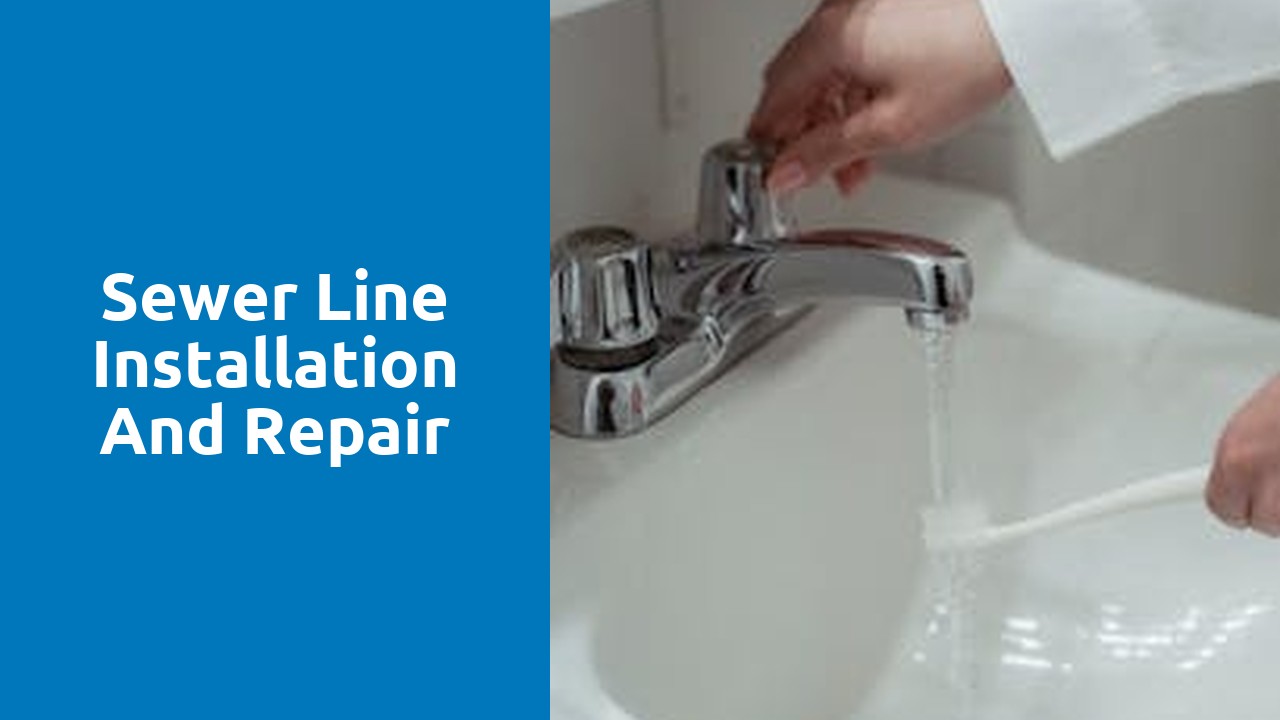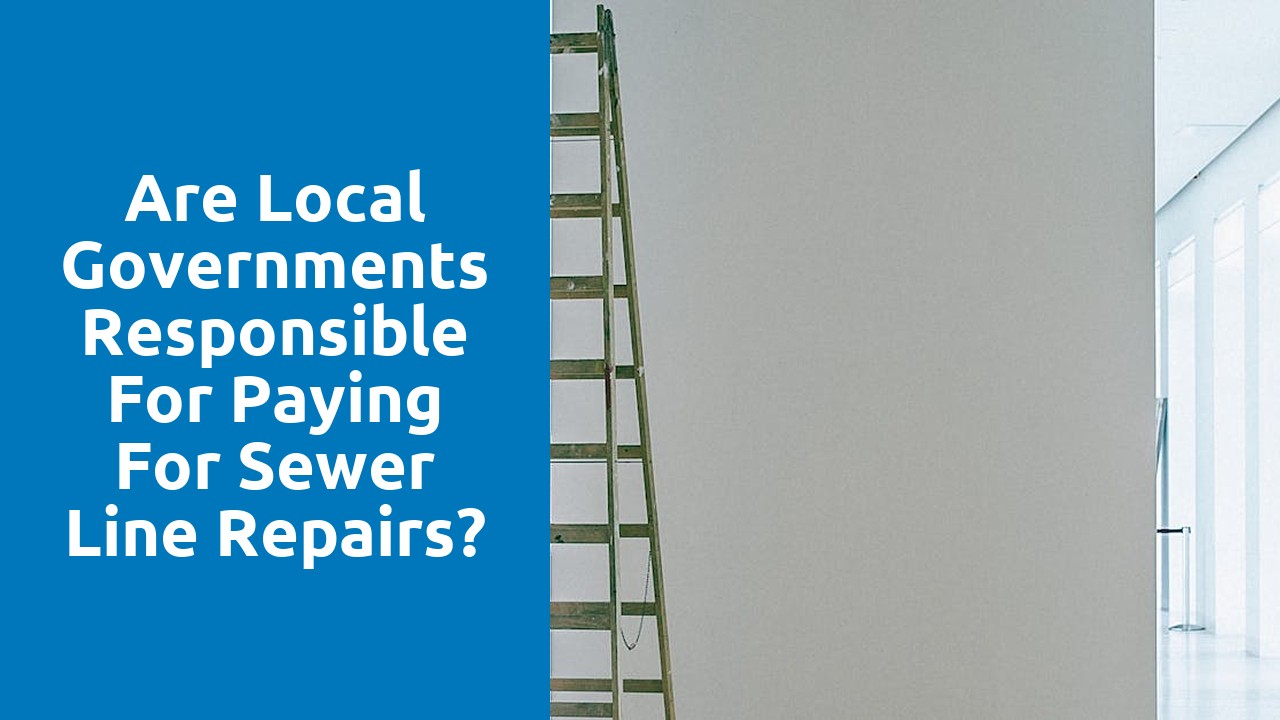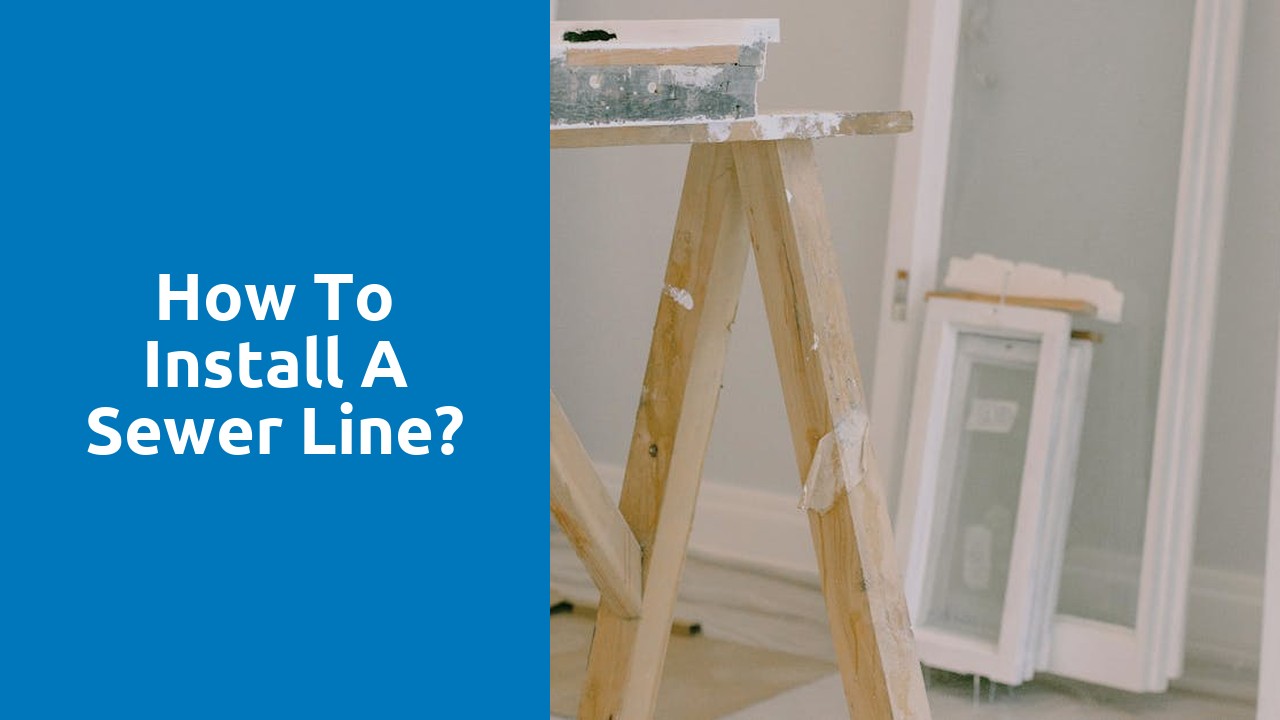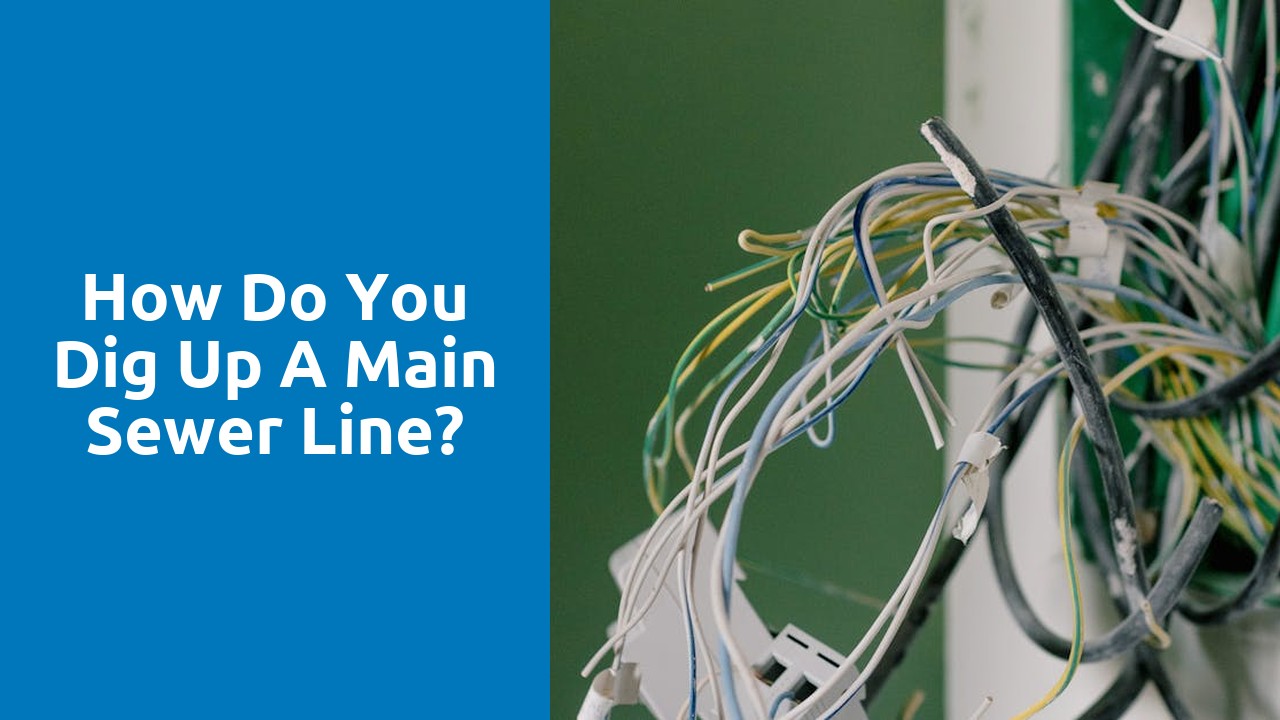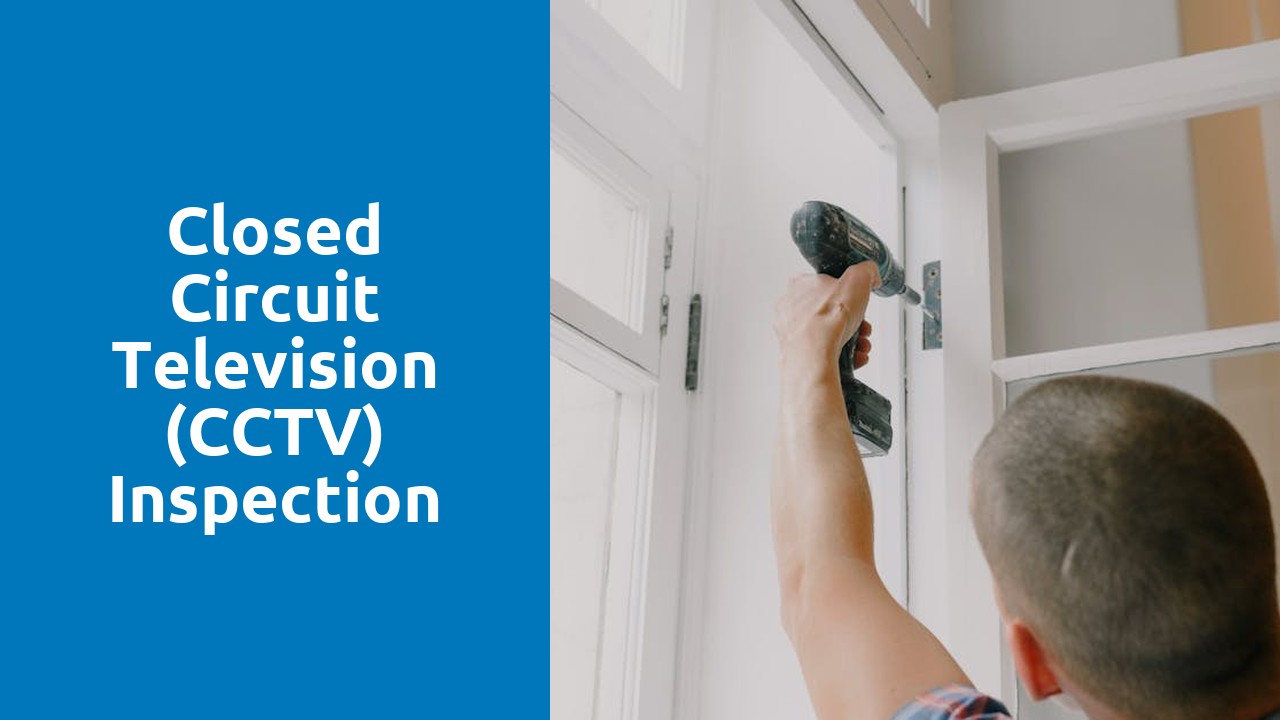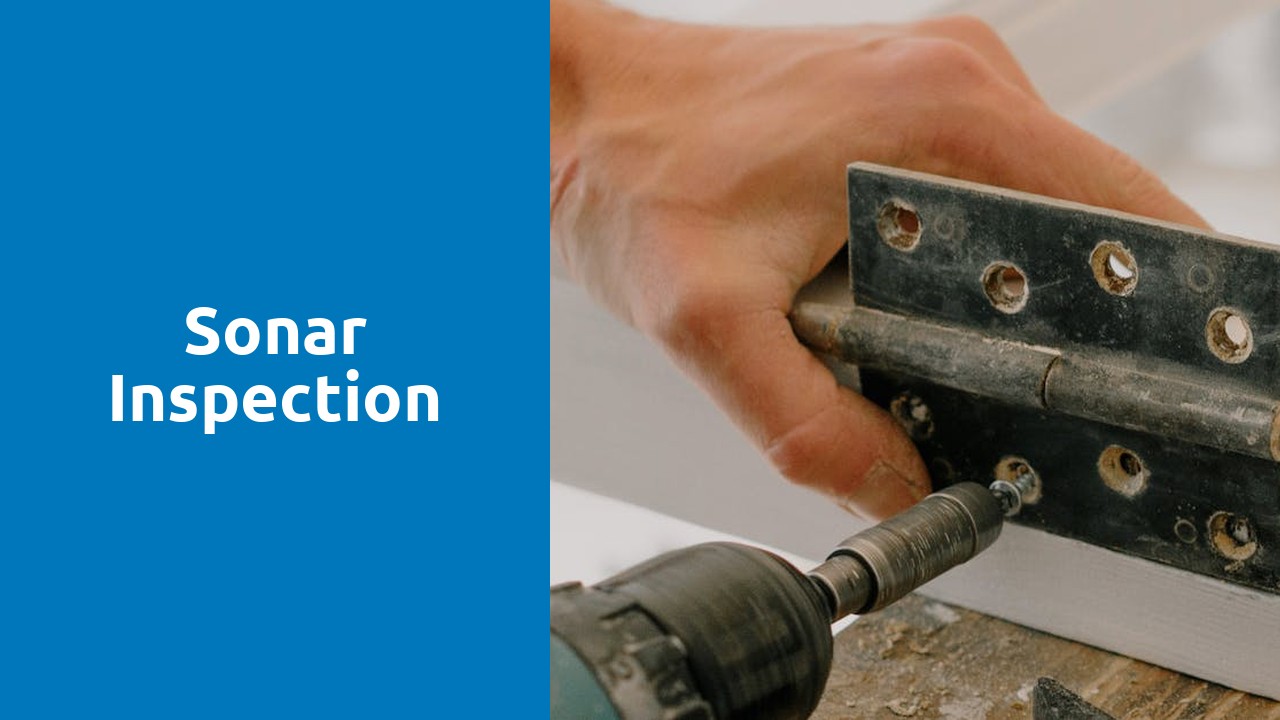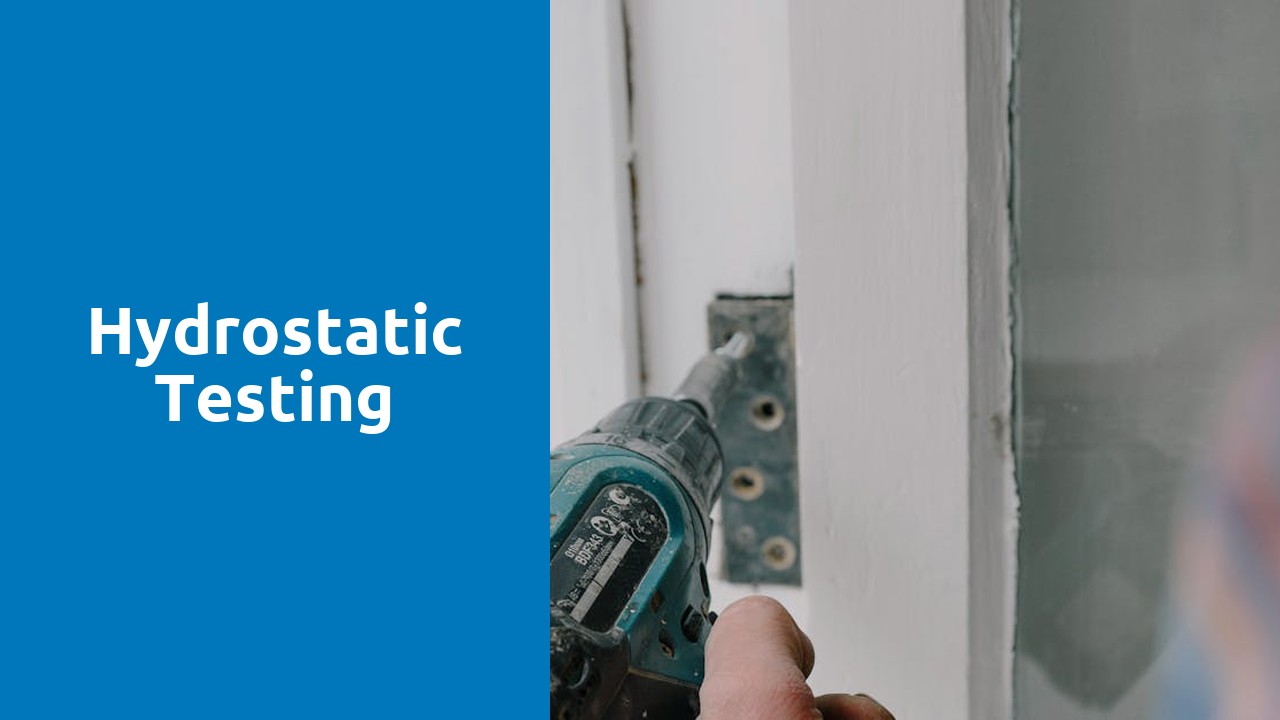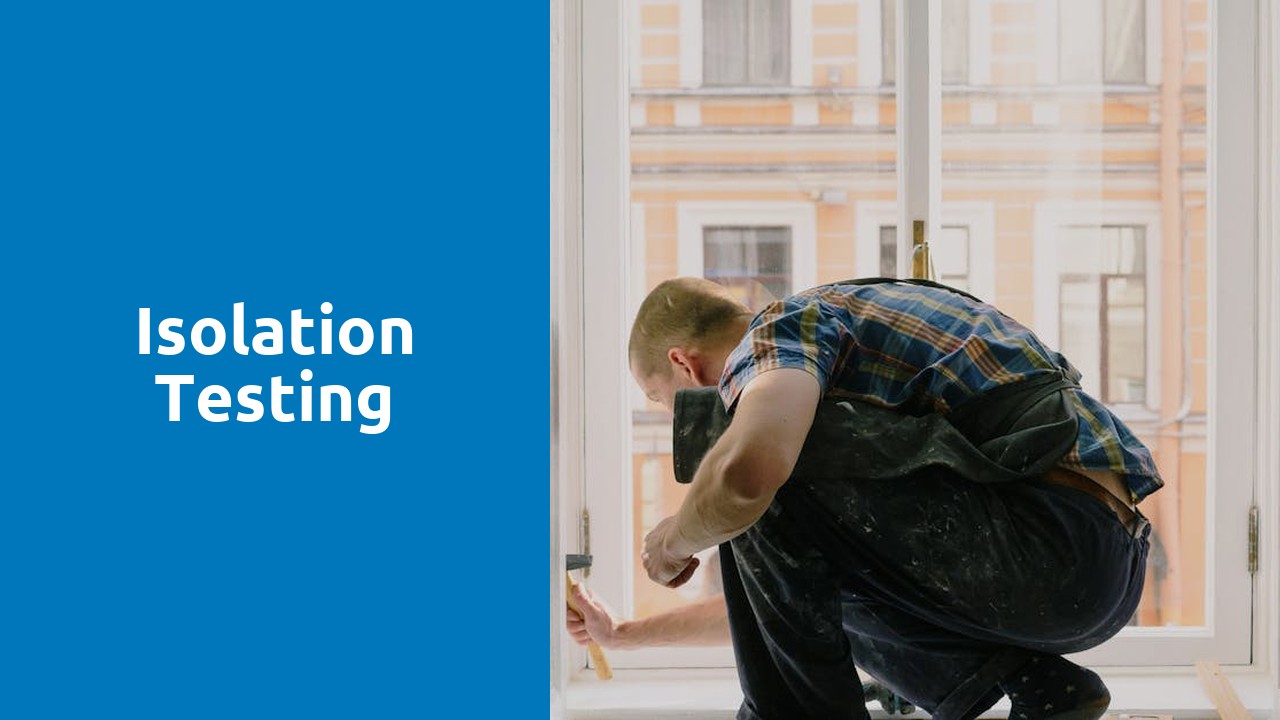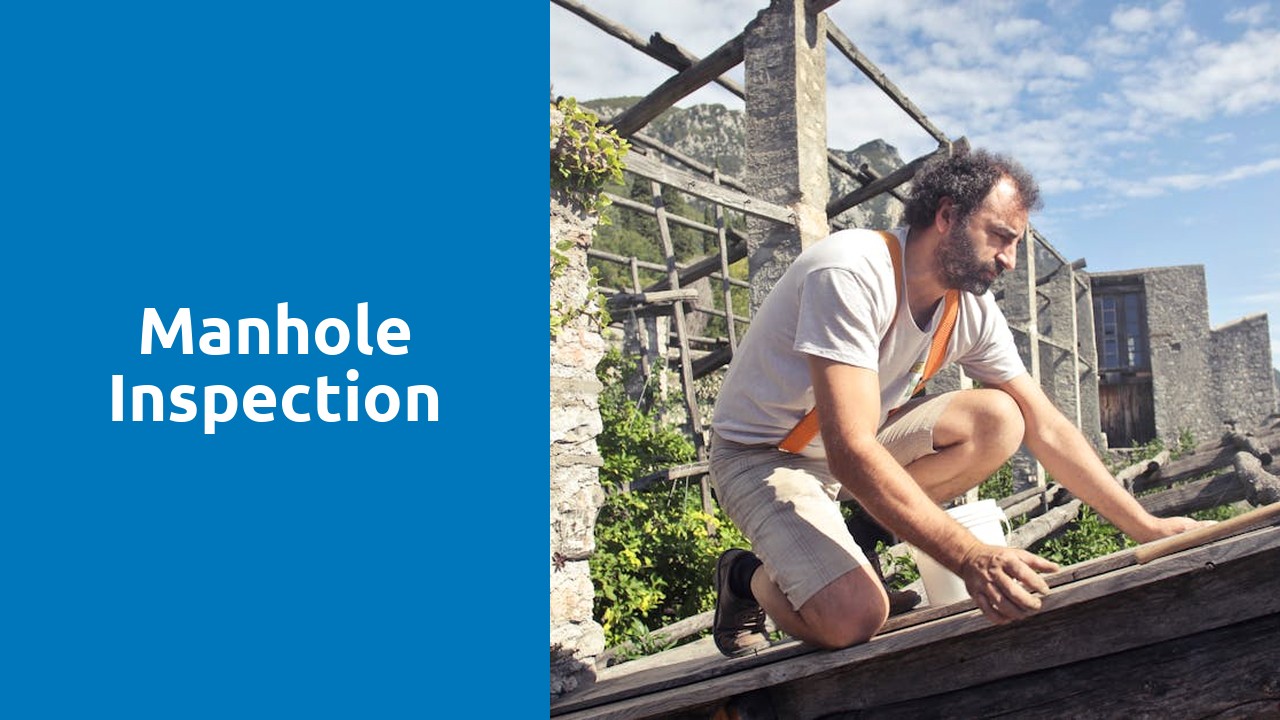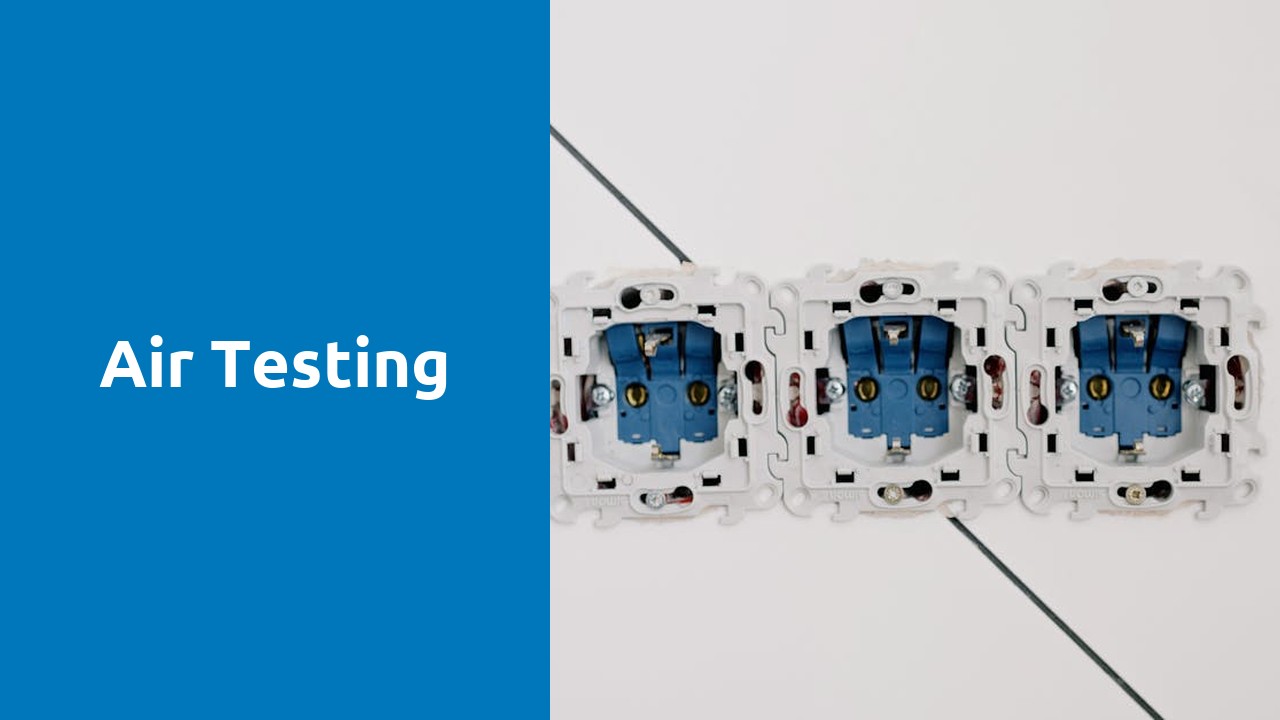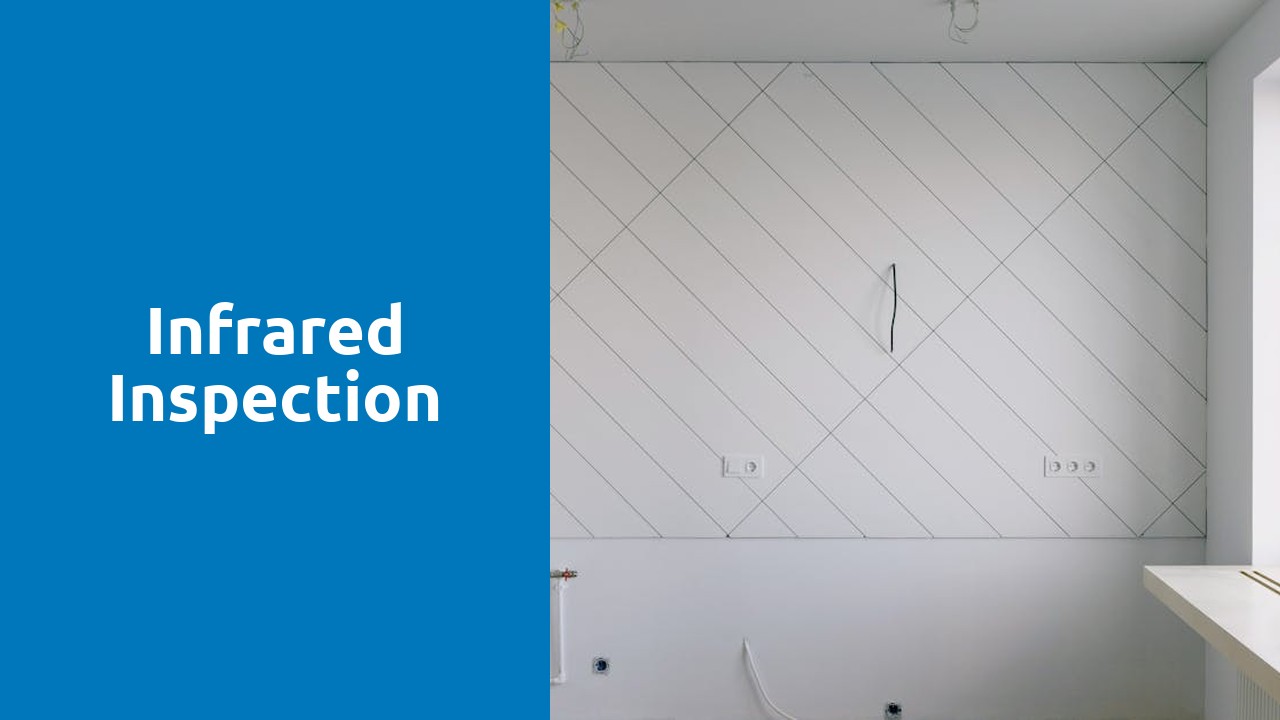
Table Of Contents
Inspecting Your Connection for Leaks or Issues
When connecting to an existing sewer line, it is crucial to thoroughly inspect the connection for any leaks or issues to prevent future problems. Even a small leak can lead to significant damage over time, so it's essential to address any issues promptly. Inspecting the connection site carefully will ensure that the connection is secure and functioning properly. Sewer line installation and repair Fairhill Road Village Historic District, Cleveland.
Checking for leaks can be done by running water through the newly connected line while observing the connection point for any signs of water seepage. Additionally, inspect the surrounding area for any dampness or unusual odors, as these can indicate a leak. Regularly monitoring the connection site for leaks or issues can help maintain the integrity of the sewer system in Sewer line installation and repair Fairhill Road Village Historic District, Cleveland.
Testing the Flow and Drainage of Your New Connection
After completing the connection of your sewer line to the existing system, it is crucial to test the flow and drainage of the new connection to ensure proper functionality. This step is essential in guaranteeing that the connection is secure and that there are no blockages or leaks that could lead to future issues. Sewer line installation and repair St. Clair-Superior, Cleveland businesses may offer services to conduct these tests professionally, which can provide peace of mind regarding the reliability of the connection.
To test the flow and drainage, release water into the system at a steady rate and observe how efficiently it passes through the new connection. Additionally, you can introduce dye or a tracing substance to help visualize the flow path and identify any potential areas of concern. Monitoring the drainage closely during this process will allow you to address any issues promptly before they escalate into larger problems. Sewer line installation and repair St. Clair-Superior, Cleveland regulations may also require specific flow and drainage tests to be conducted before final approval is granted for the connection.
Backfilling and Securing Your Connection Site
After ensuring that your new sewer line connection is properly in place and securely attached to the existing line, it is crucial to backfill the site with care. The backfilling process involves filling the trench around the connection point with soil or gravel, being mindful to compact it gently to avoid putting pressure on the pipes. Proper compaction is vital to prevent future settling of the ground and potential damage to the sewer pipes. Sewer line installation and repair Larchmere, Cleveland.
To ensure the stability and longevity of your connection site, securing the area is essential. This can involve placing warning tape or markers above the newly installed sewer line to prevent accidental damage during future excavations. Additionally, consider installing a protective barrier, such as a concrete slab or bollards, to safeguard the connection site from potential damage. Properly backfilling and securing your connection site will help maintain the integrity of your sewer line installation for years to come. Sewer line installation and repair Larchmere, Cleveland.
Properly Compacting Soil Around the Connection Point
When compacting the soil around the connection point for your sewer line installation and repair in Fairfax, Cleveland, it is essential to ensure proper compaction to prevent settling or shifting of the pipes over time. Inadequate or uneven soil compaction can lead to issues such as pipe misalignment, leaks, and potential damage to the sewer line system. To achieve proper compaction, use a mechanical compactor or tamper to firmly pack the soil in layers around the connection point. Start by adding a layer of soil, then compact it using the equipment in a systematic and controlled manner to achieve the desired density.
Ensure that the soil is compacted uniformly around the entire connection site to provide stable support for the sewer line. Pay attention to the backfilling process to avoid overcompaction, which could exert excessive pressure on the pipes. Proper compaction of the soil is crucial for the long-term performance and durability of your sewer line connection, as it helps to prevent ground movement that could compromise the integrity of the system. By following these steps, you can ensure that your sewer line installation and repair in Fairfax, Cleveland, is done correctly and efficiently, reducing the risk of future complications.
Getting Necessary Permits and Approvals for Sewer Line Connection
Sewer line installation and repair The Flats, Cleveland can be a complex process that requires obtaining the necessary permits and approvals. Before beginning any connection to an existing sewer line, it is crucial to research and understand the specific regulations and requirements in your area. Contacting the local municipal office or building department is a good starting point to gather information on the permits needed and any inspections that may be required during the installation process.
Failing to obtain the proper permits and approvals for your sewer line connection can result in costly fines and potential delays in the project. It is important to ensure that all necessary paperwork is submitted accurately and in a timely manner to avoid any setbacks. By adhering to the local regulations and requirements for sewer line installations in The Flats, Cleveland, you can ensure a smooth and compliant connection process.
Understanding Local Regulations and Requirements
Local regulations and requirements play a crucial role in the process of connecting to an existing sewer line. In Playhouse Square, Cleveland, it is imperative to adhere to the specific guidelines set forth by the local authorities. Before initiating any work related to sewer line installation and repair in this area, individuals must ensure that they have obtained all the necessary permits and approvals. Failure to comply with these regulations can result in fines or delays in the project.
Understanding the local regulations also involves being aware of any restrictions or specifications that are unique to Sewer line installation and repair Playhouse Square, Cleveland. It is essential to thoroughly review the guidelines provided by the local municipality and consult with the relevant authorities if there are any uncertainties. By following these regulations diligently, individuals can ensure that their sewer line connection is completed in compliance with the law and without any unnecessary complications.
FAQS
What are the steps involved in connecting to an existing sewer line?
The steps typically involve inspecting your connection for leaks or issues, testing the flow and drainage of your new connection, backfilling and securing your connection site, properly compacting soil around the connection point, and obtaining necessary permits and approvals.
Do I need any special tools or equipment to connect to an existing sewer line?
Yes, you may need tools such as a shovel, pipe cutter, pipe wrench, PVC primer and cement, and a backfill material like gravel or sand.
How do I ensure that my sewer line connection is leak-proof?
To ensure a leak-proof connection, make sure to properly clean and dry the pipes, apply PVC primer and cement as per manufacturer instructions, and test the connection for leaks before backfilling the site.
Can I connect to a sewer line on my own, or do I need to hire a professional?
Connecting to a sewer line can be a complex task, so it is recommended to hire a professional plumber or contractor to ensure the job is done correctly and in compliance with local regulations.
What should I do if I encounter any challenges or issues while connecting to an existing sewer line?
If you encounter any challenges or issues during the process, it is best to consult with a professional plumber or contact your local sewer authority for guidance and assistance.
